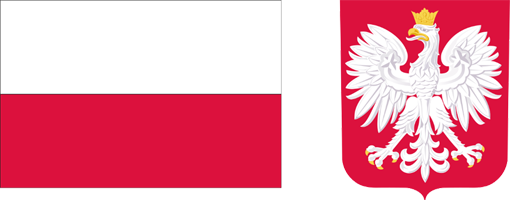Current issue
Archive
About the Journal
Aims and Scope
Editorial Board/Editorial Team
List of reviewers
Publishing process
Publishing Ethics and Malpractice Statement
Personal data protection (GDPR)
Creative Commons License
CrossRef Member / Similarity Check
For Authors
Call for papers
Guidelines for authors
Submitting a manuscript through the editorial system – step by step
For Reviewers
Peer review process
Guidelines for reviewers
Submitting a review – step by step
Contact
RESEARCH PAPER
GROUPING OF THE EU CANDIDATE COUNTRIES AND EASTERN PARTNERSHIP COUNTRIES ACCORDING TO THE DEGREE OF SELF-SUFFICIENCY IN BASIC FOOD PRODUCTS
1
Uniwersytet Przyrodniczy w Poznaniu
Publication date: 2018-12-21
Zagadnienia Ekonomiki Rolnej / Problems of Agricultural Economics 2018;357(4):20-32
KEYWORDS
candidate countriesthe Eastern Partnership countriesEuropean Unionfood self-sufficiency ratioWard’s method
ABSTRACT
The article compares the European Union (EU) candidate countries (CC) and the Eastern Partnership countries (EPC) in terms of their self-sufficiency in basic food products by analysing the average consumption of these products between 1992 and 2013. The countries were grouped according to their self-sufficiency ratios by Ward’s method of cluster analysis. Studies have shown that in the first group of countries in 1992-1999 and 2000-2013 there were primarily Albania, Armenia, Bosnia and Herzegovina, Georgia and Macedonia, and they had the lowest self-sufficiency ratios for most products compared to the second and the third group of countries. In both periods, in the second group there were Azerbaijan and Turkey, which have the highest self-sufficiency ratio for fruit, and in the third group there were mainly Belarus, Moldova, Serbia and Ukraine. These countries were characterised by surplus in the production of most foods. Research showed that in the second period under consideration, Montenegro moved to a group of countries with a lower level of self-sufficiency. Studies proved that during the period under investigation the increase in the self-sufficiency of these countries resulted from greater production, lesser loss during production and lower consumption of the products under analysis.
Share
RELATED ARTICLE
We process personal data collected when visiting the website. The function of obtaining information about users and their behavior is carried out by voluntarily entered information in forms and saving cookies in end devices. Data, including cookies, are used to provide services, improve the user experience and to analyze the traffic in accordance with the Privacy policy. Data are also collected and processed by Google Analytics tool (more).
You can change cookies settings in your browser. Restricted use of cookies in the browser configuration may affect some functionalities of the website.
You can change cookies settings in your browser. Restricted use of cookies in the browser configuration may affect some functionalities of the website.



